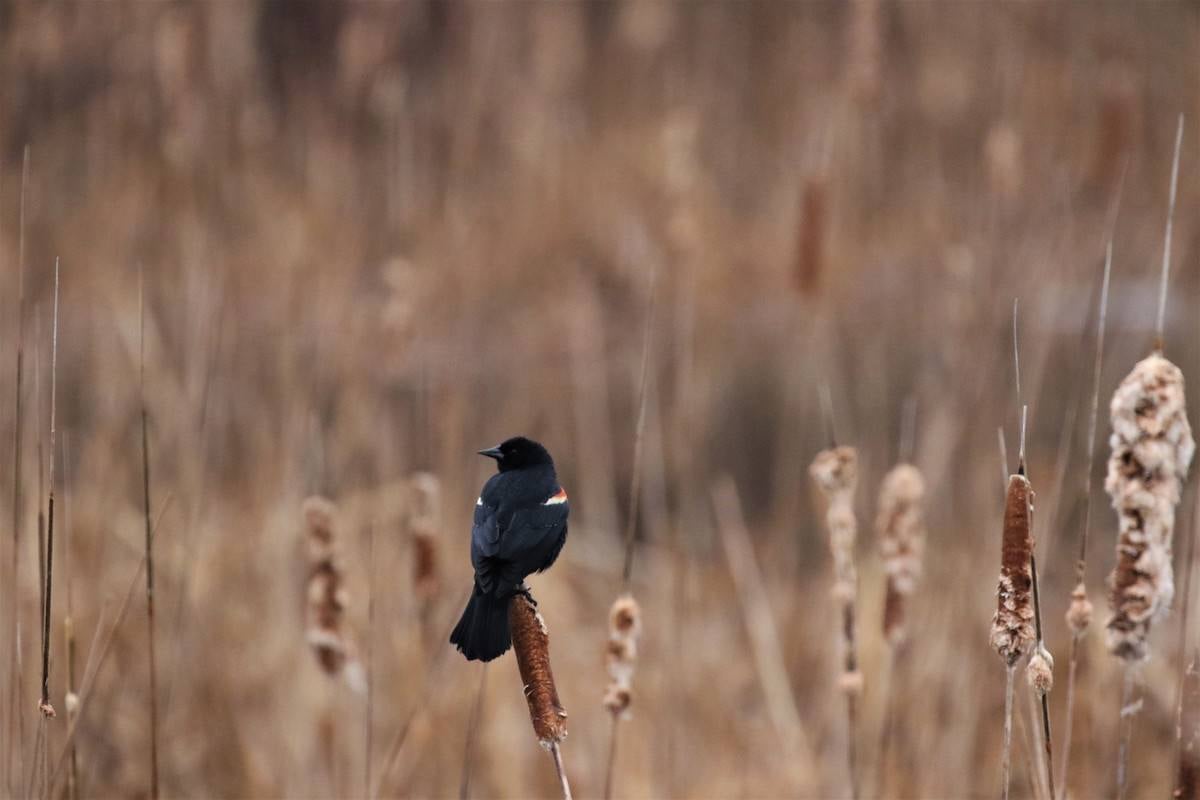Montreal Mayor Valérie Plante has been praised for her dedication to improving the city’s environmental initiatives and expanding green spaces. Since she was elected in 2017, Montreal has added parks, planted trees, expanded its network of bike lanes and revamped public transportation.
However, some residents complain that the green bounty has not benefited everyone equally. In disadvantaged neighborhoods like Hochelaga, locals are demonstrating to protect their green spaces.
On a recent cold spring day, even as temperatures dropped to -12 degrees, a group of residents and activists gathered to build a barricade on Assumption Boulevard, symbolizing their fight to preserve Boisé Steinberg. This natural haven, which resembles a miniature forest with its wild growth of trees and bushes, is loved by the community.
Parts of Boisé Steinberg will be devastated by the construction of a new highway. Despite opposition from local residents, the project is scheduled to begin in the fall and city officials held the first neighborhood information sessions in March.
“In Hochelaga-Maisonneuve we lack green spaces despite the urgent need to plant trees to combat climate change,” emphasizes Monique Dessureault, a teacher who has lived and worked in the area for 40 years. “Why cut down existing trees? for new projects? We already have too many cars and roads. “We don’t need more.”
City officials acknowledge that some neighborhoods have limited access to green space, but they note that there are many other issues that also need to be addressed.
“Certain neighborhoods face numerous environmental and social vulnerabilities,” says Laurence Lavigne Lalonde, member of the executive committee responsible for the “grandes parks” (large public parks) of the municipality of Montreal.
“We can think of heat islands, the lack of green spaces and restricted access to resources such as public transport, public spaces or sports and leisure facilities,” he adds.
Lalonde said residents were presented with two scenarios for Boisé Steinberg, and one will be selected “in collaboration with citizens and partners.”
Montreal wins plaudits for its green initiatives, but disadvantaged neighborhoods often receive little attention when it comes to green spaces. #montreal #trees #Carbon Dioxide #GHG
The first involves building a highway in part of Steinberg to redirect truck traffic leaving the Port of Montreal, while also providing space for more public transportation.
“The second suggestion is to avoid the construction of that highway and preserve all of Boisé. However, this option would increase truck traffic in the neighborhoods,” he says.
Montreal’s Scattered Green Paradises
Environmental defenders, including Anaïs Houde of Mobilization 6600 Parc-Nature MHM, highlight Boisé Steinberg as an excellent example of threatened green space in Montreal. However, he is not the only one facing challenges. Vimont forests It is also at risk of becoming a shipping container yard for Ray-Mont Logistics following a 2022 court order.
Even parts of Tecnoparc Wetlands They are vulnerable, lack protection and could face imminent loss of their biodiversity and trees, says Carly Ziter, assistant professor in the Department of Biology at Concordia University. Boise Assumption and Fairview Forest There are other spaces that appear on Ziter’s list of wild spaces that could be at risk.
Ziter, an expert in managing urban green spaces for healthier communities and fighting climate change, says these spaces are important for two reasons: they reduce carbon dioxide in the air that warms the planet and they cool urban areas.
“Adding trees or protecting existing trees in our cities can store carbon in vegetation instead of CO2 in the air,” he says. “Since extreme heat events will be much more common with climate change, green spaces can mitigate those summer temperatures.
“Trees refresh the environment around them.”
a 2002 study A study conducted in Los Angeles found that one tree planted in the city prevents the release of approximately 18 kilograms of carbon each year, suggesting that a single tree in Los Angeles has an environmental impact equivalent to three to five trees in a forest.
However, in Canada, the amount of green space is shrinking at a time when it is needed most.
Figures published by the Canadian government revealed that the average level of vegetation in urban areas across Canada decreased by five per cent between 2001 and 2019, with larger cities experiencing an even more substantial decline.

Environmentalists take the lead
Environmentalists and neighborhood preservation activists in Montreal are coming together to address this issue by demanding protection for unofficial green spaces. Some of these spaces, such as La falaise, were transformed into a protected green space that is in the process of becoming Montreal’s seventh major public park.
Lisa Mintz is among the environmentalists who founded two activist organizations, Sauvons la Falaise and UrbanNature Educationwhich helped protect those spaces in 2015 and 2018. These initiatives continue the legacy of activism dating back to the 1980s that aimed to preserve La falaise.
In an interview with Canadian National Observer, He explained that one of the main reasons for his success was being “in the right place at the right time.”
“Achieving La Falaise in just four or five years was a huge success,” he reflected, acknowledging the challenges typically associated with such efforts. Mintz highlighted the importance of sustained pressure on policymakers and mobilizing citizens to achieve lasting change.
Now, Mintz is part of an even larger initiative: connecting Montreal’s fragmented green spaces into a unified green belt. Although intimidating, he is unfazed and recognizes the critical role of community effort in achieving this ambitious goal.
“It’s important for our organizations to foster a strong sense of community from the beginning,” he said. “That way, if you’re exhausted, there’s always someone ready to carry the torch.”
